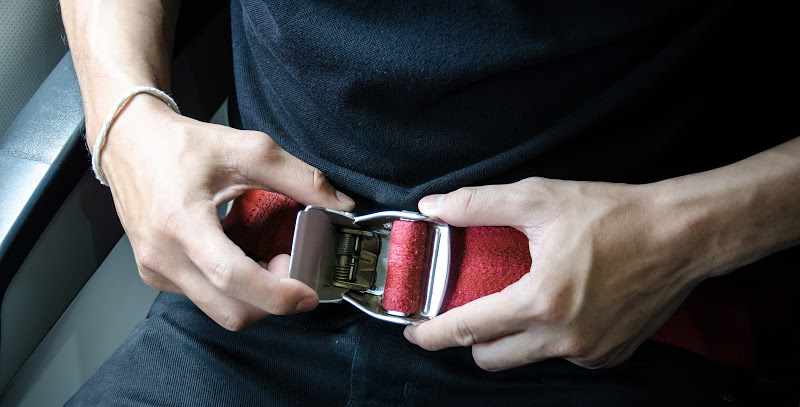Long-Haul Travel and Lowering VTE Risk

The links between travel and blood clots:
- Traveling longer than 8 hours, whether by plane, car, bus, or train, can increase risks for life-threatening blood clot.
- The risk of a blood clot is about 3-times higher for people traveling on long-distance flights.
- The risk of travel-related blood clot is higher if you have more than one risk factor.
Why does travel increase the risk of blood clots?
- Being seated for long periods can slow blood flow.
- High altitudes can also activate the body’s blood clotting system.
How can I reduce risk of a travel-related blood clot?
-
Perform simple exercises.
Flex and extend the ankles and contract the calf muscles at regular intervals while seated. -
Walk around.
If permitted, get up and walk in the cabin at least every hour while traveling. -
Drink water.
Stay hydrated and avoid alcohol or caffeinated drinks. -
Assess risks.
If you have one or more risk factors, talk to your healthcare provider about using graduated compression stockings, aspirin or an anticoagulant drug. -
Know the symptoms.
Learn to recognize the symptoms of a dangerous blood clot and speak up if you notice anything that concerns you.
Know Your Risk for a Dangerous Blood Clot
A blood clot may affect anyone, but some people are at higher risk. If you are in one or more of these special risk groups, it’s important to learn how to lower your risks.








